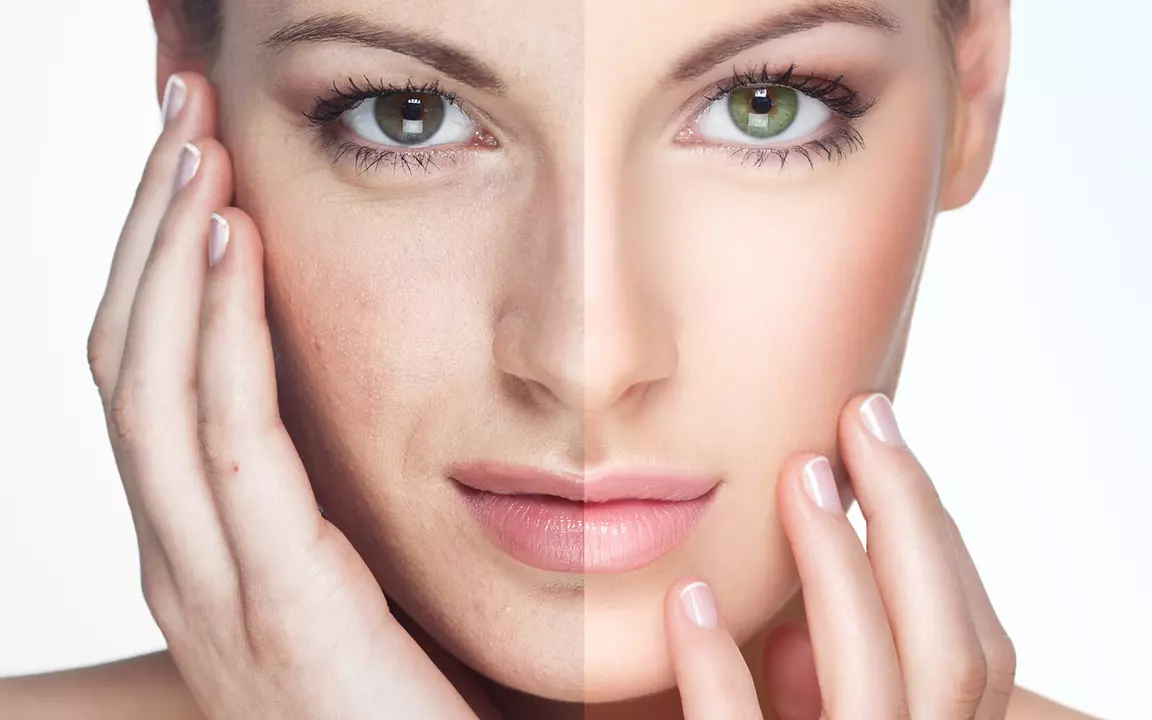Chemical Peels: Real Benefits, Risks, and What to Expect
Ever wondered if chemical peels really live up to the hype? You see the glowing before-and-afters on social media, but what actually happens during a peel, and does it work for things like acne scars or wrinkles? Let’s break it down for real people—no complicated jargon, just the facts you want if you’re thinking about trying a peel yourself.
Chemical peels use a mix of safe acids—think glycolic, salicylic, or trichloroacetic acid—to take off dead skin and boost new growth underneath. That’s how you get brighter, smoother skin that feels fresh. The science backs it up: dermatologists use peels to help with acne scars, dark spots, fine lines, and even sun damage. You’ll usually see three types: light (great if you’re new to peels or want a quick refresh), medium (for deeper scars or age spots), and deep (the big guns—serious aging or years of sun damage).
Lots of people get nervous about pain or downtime. Here’s the real talk: with a light peel, your face might tingle or get pink, but you’re good to go in a day or two. Medium peels mean a bit more redness and some peeling skin for up to a week. Deep peels? Those are no joke—expect serious redness, peeling, and you’ll need real recovery time. That’s why only trained pros should handle anything beyond a light peel.
Wondering about results? If you’re fighting stubborn acne, clogged pores, or old acne marks, chemical peels can definitely help. A lot of folks see smoother skin after just a couple of sessions. For fading dark spots or stubborn sun patches, medium peels tend to deliver solid improvements without crazy downtime. Deep peels show the most dramatic change, but you’ll feel it for a while. Try not to get sucked in by overnight miracle claims. Even with the strongest peels, results take a few weeks to fully show up as your skin heals and renews itself.
Now, here’s a warning: chemical peels aren't for everyone. If you have super sensitive skin, a history of keloids, or any open wounds, steer clear until you talk to your doctor. Don’t mess with over-the-counter peels that promise “spa-level” results—they’re rarely strong enough for major changes, but some home kits can actually do more harm than good if you don’t follow directions.
If you’re considering a peel, set up a consult with a dermatologist or med spa pro. A real specialist will look at your skin type, ask about your health, and match you up with the right peel. Be ready for some prep: sunscreen is non-negotiable, and you’ll have to avoid scrubs or retinoids before and after. Post-peel, lots of gentle moisturizer and patience are the key—pick at peeling skin, and you’ll get marks or scarring.
Long story short, chemical peels aren’t magic, but they’re a proven way to unlock smoother, younger-looking skin when done right. Want actual results? Start with the facts, know your risks, and get your info from a pro, not a random influencer. You’ll look—and feel—way better skipping the guesswork.
